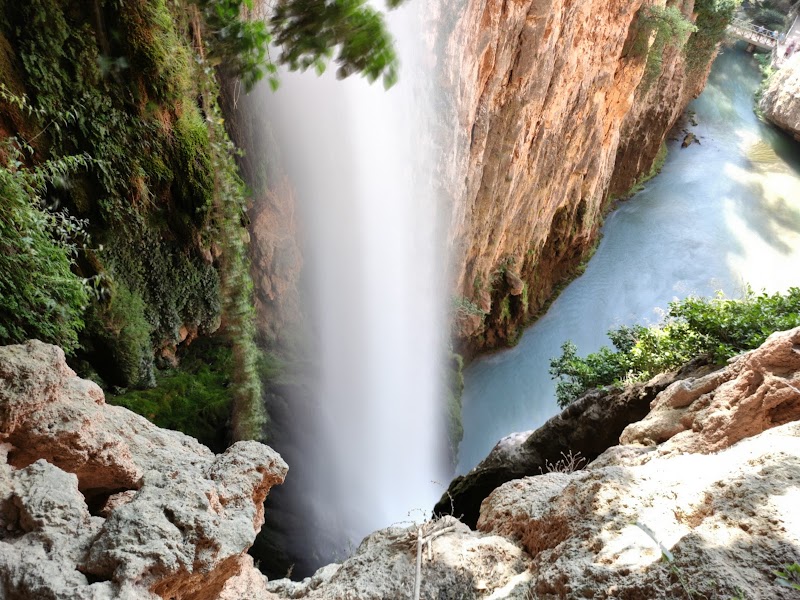
Galacho de Juslibol Wetlands Natural Area Adventures
Galacho de Juslibol Wetlands Natural Area is a vital wetland ecosystem near Zaragoza, Spain, offering rich biodiversity and tranquil outdoor experiences for nature lovers and bird watchers.
About Galacho de Juslibol Wetlands Natural Area

The Galacho de Juslibol Wetlands Natural Area is located on the outskirts of Zaragoza in the autonomous community of Aragón, Spain. This protected wetland system formed from an old meander of the Ebro River, offering a unique aquatic landscape characterized by slow-moving waters, marshes, reed beds, and islands. It covers a modest but ecologically significant area that serves as an important refuge for numerous species of flora and fauna, especially migratory and resident birds. The wetlands play a crucial role in filtering water, mitigating floods, and maintaining ecological balance in the region. Galacho de Juslibol is famed for birdwatching, attracting ornithologists and nature enthusiasts eager to observe species such as herons, kingfishers, egrets, and various aquatic birds. The area also supports diverse plant species adapted to wetland habitats, including reeds, rushes, and other hydrophilic vegetation. Visitors can explore the natural area via well-marked trails and observation points designed to minimize disturbance to wildlife but maximize viewing opportunities. Nearby, the city of Zaragoza provides easy access while offering cultural and historical attractions. The natural area is suitable for hiking, photography, and educational outings focused on ecology and conservation. Its combination of scenic natural beauty and biological importance makes Galacho de Juslibol a valued environmental and recreational destination.
Highlights
Ebro River meander wetlands with diverse aquatic habitats
Exceptional birdwatching opportunities including herons and kingfishers
Educational trails and observation hides designed for wildlife viewing
Proximity to Zaragoza providing easy urban access to natural landscapes
Notable Natural Features
Galacho de Juslibol Meander
An oxbow lake formed by an old bend of the Ebro River, providing essential habitat for aquatic species.
Bird Observation Points
Strategically placed hides that allow close but non-intrusive views of nesting and feeding waterfowl.
Native Wetland Vegetation
Extensive reed beds and marsh plants that support the wetland’s complex ecosystem.
